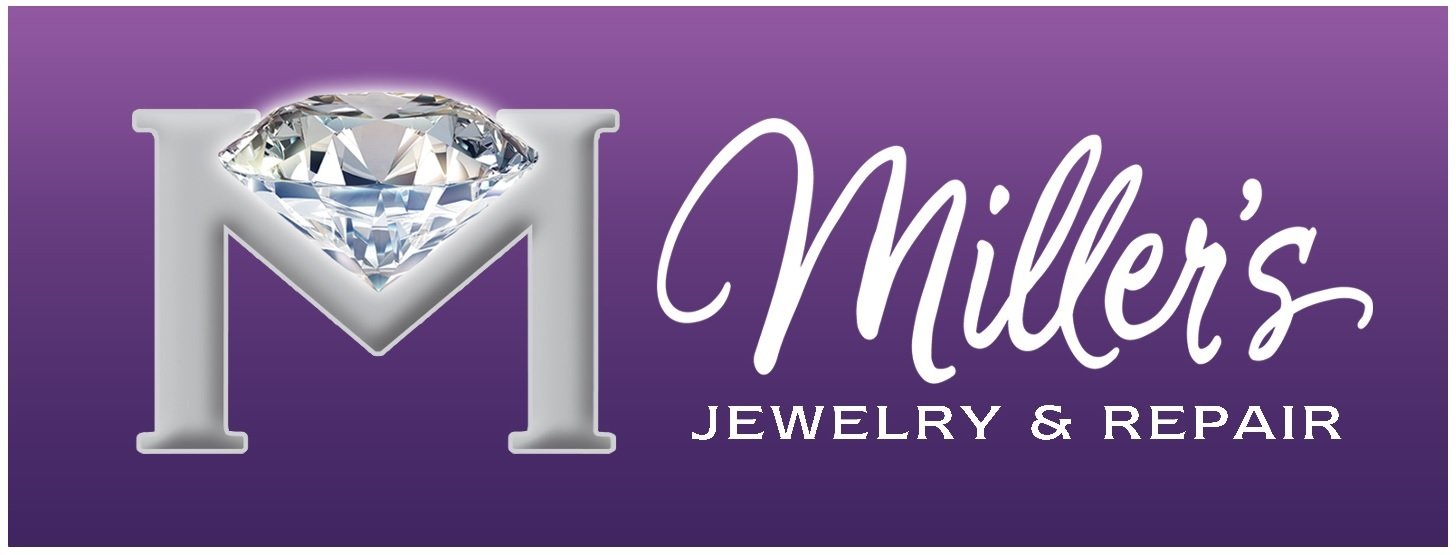The Revolutionary Laser Welder
Future Looks Bright for Jewelry Designers Using Laser Welders
Laser technology has revolutionized the jewelry industry. Widely used by manufacturers and retailers for simplifying repairs that would otherwise be too time-consuming or unfeasible to execute, laser welding has found its way into the designer world with talented visionaries adapting techniques to create jewelry previously too costly or impossible to produce.
Laser technology has been in use since the 1970s, although its applications remained primarily in the aerospace and medical industries. Ten years ago in the jewelry industry, a laser welder was considered a luxury. Now, it has become a necessity.
Commonly used by casting houses, the laser welder is capable of repairing porosity in jewelry castings. Casting is an exact science, but even the most experienced casters following the strictest protocols will encounter porosity. In the past, this meant that sometimes an entire group of castings would be scrapped. With a laser welder, porosity can be repaired quickly and easily.
The first laser welders were large stand-alone units. The evolution of this technology has produced smaller, desktop laser welders with the same capabilities as their larger counterparts. In all units, an intense beam of light is controlled and focused to produce a desired result. Common applications involve spot welding, drilling and resurfacing. The beam is controlled by the operator, who makes adjustments to the following three components:
Power: This refers to the strength of the laser beam. The operator must determine the appropriate strength to complete the task at hand. Power will affect the depth of penetration of the laser into the metal.
Time: The operator controls the duration over which the beam will come into contact with the metal. A single pulse, a single pulse at timed intervals, or rapid pulses in quick succession can be used.
Spot: The overall shape of the laser beam can be controlled, as well as the size. Sizes generally range from .2 mm to 2.5 mm.
The operator holds the piece of jewelry within a chamber and, through binoculars or a monocular scope, can view the article at 15X magnification, well above the industry standard of 10X. Adjustments to the power, time, and spot are made, usually tested on a piece of “practice” metal kept close at hand before firing on the actual piece. The laser is activated by stepping on a foot pedal.
Laser Welding for Jewelry Repair and Design
Retail jewelers have found the laser welder to be indispensible when repairing chains and worn out connections, such as hinges, as well as ring-sizing and prong re-tipping, both with stones in place.
Because the laser focuses intense heat on a small area for a short time, there is no transfer of the heat to adjacent metal or stones. Welding is accomplished quickly and cleanly, without the need to remove even the softest gemstones, such as opals, emeralds, or pearls. There are major advantages of the laser welder over traditional soldering techniques. In the past, it was not uncommon to see jewelry repairs done with lead. The low melting temperature and softness of lead made it possible to do repairs with stones in place; however, lead is a contaminant and the finished jewelry, while repaired, was severely compromised in its purity and integrity. With laser welding, the questionable repair tactics of the past have been eliminated.
Laser welding is very clean, and does not require additives, such as flux, to facilitate the joining of metals as soldering does. Unlike soldering, there is little to no discoloration of the metal after laser welding, so less time is spent on refinishing.
In 2007, the Manufacturing Jewelers and Suppliers of America, a large North American trade group representing jewelers and jewelry industry suppliers, introduced a new category to their annual Vision Awards design competition. The MJSA Vision Awards celebrate outstanding talent in jewelry design. With the introduction of the Laser Distinction category, designers had the opportunity to showcase the new and exciting possibilities that laser welding has brought to their design process. Some of the award-winning design executions involve the joining of dissimilar metals, such as red gold and platinum, innovative settings of fragile gemstones, such as opals and tourmalines, and even moving parts that may not have been possible to create without the laser welder.
Typically, the jewelry industry can be slow to embrace new technology. With so much history steeped in tradition, the craft of jewelry making is passed from master craftsmen to apprentices. With laser welding technology now firmly established in the manufacturing arts, the capabilities of jewelers have increased, as has the reach of their creative designs. With the advantages that laser welders have brought to jewelers, the future of design looks very bright indeed.
https://info.laserstar.net/blog/laser-welding-technology-has-revolutionized-the-jewelry-industry
